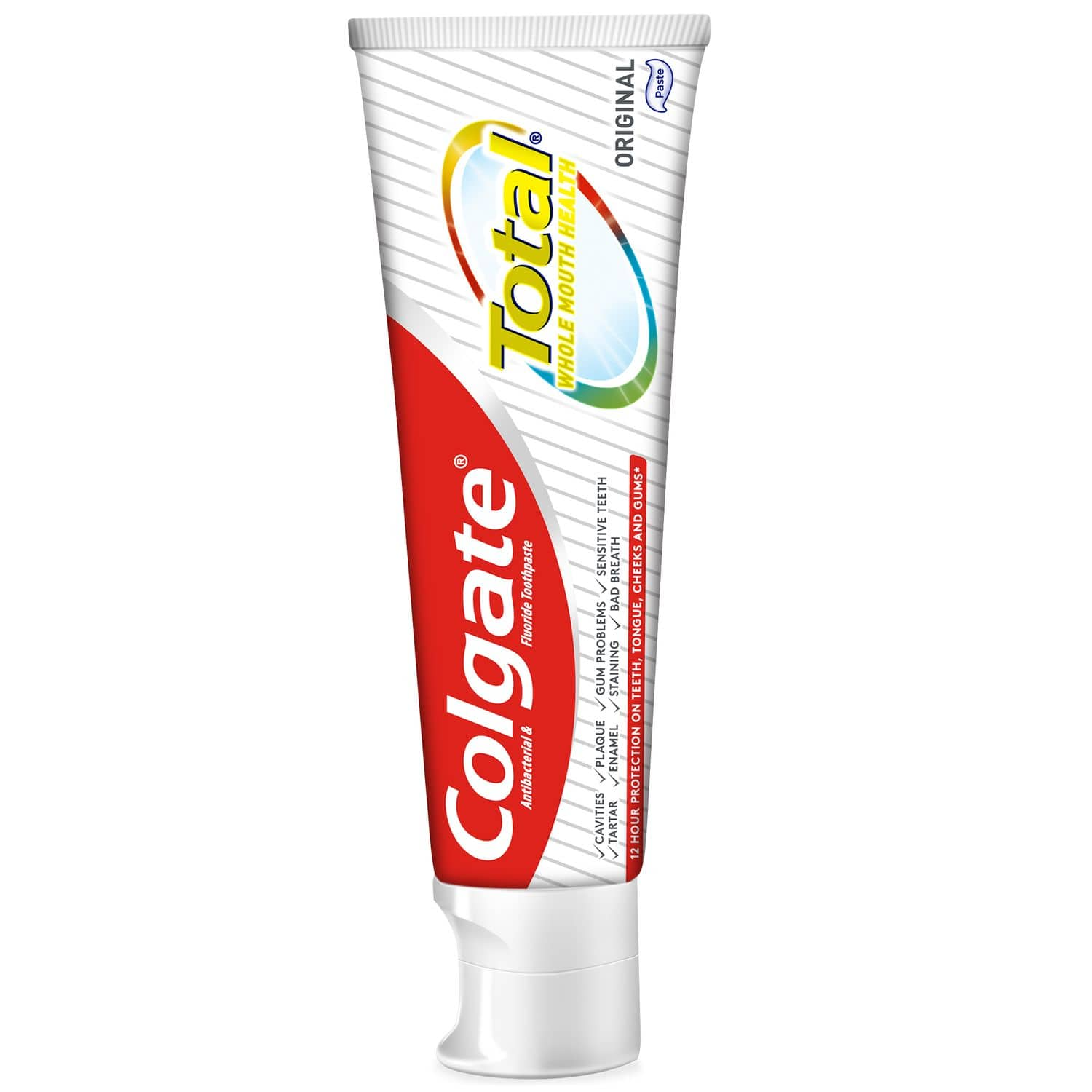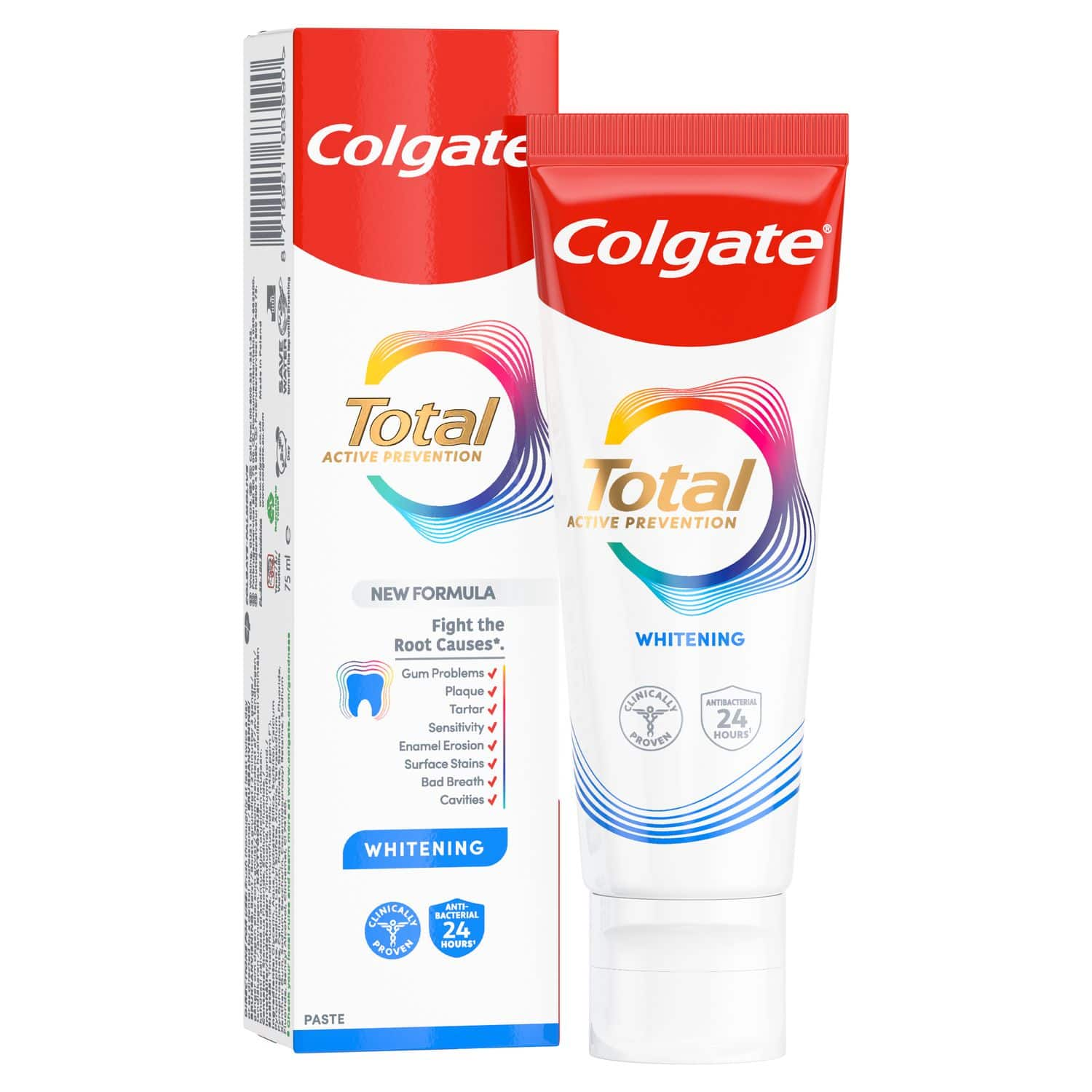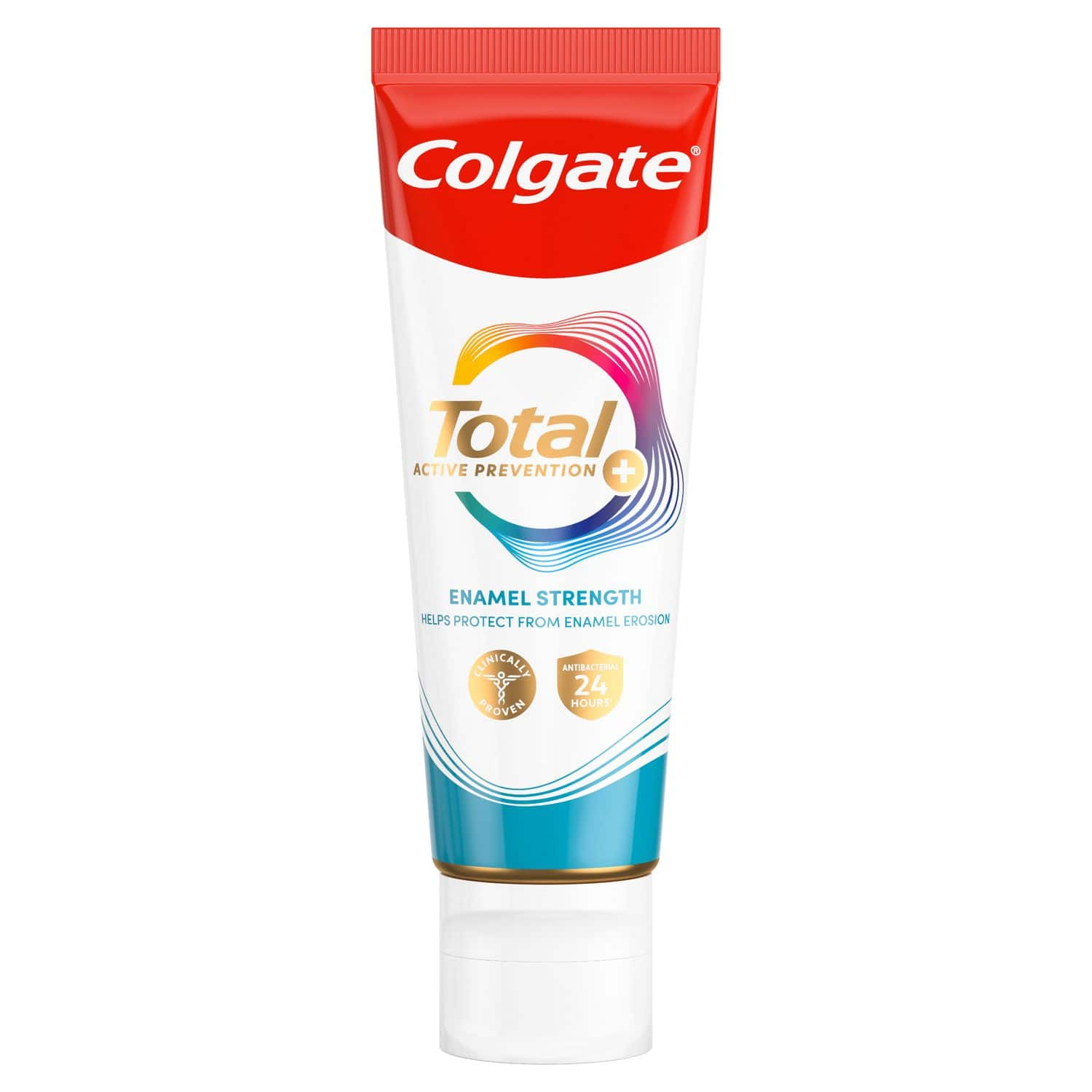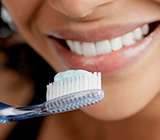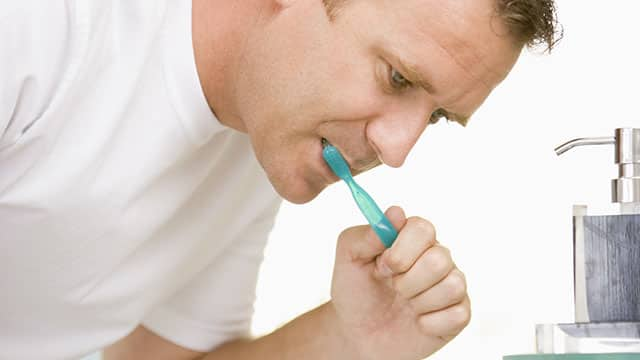1. Hygienic Mishaps
If there is swelling around just one tooth in your mouth, it may be because you didn't brush or floss correctly – which can leave behind food debris that causes decay and inflammation in the neglected area. Over time, this inadequate oral hygiene can cause gum disease as well. Be on the lookout for pale, red or swollen gums, as well as bleeding while brushing, pus coming from the tooth, a loose tooth or persistent bad breath and taste.
2. Gum Disease
A common culprit for a swollen gum around one tooth, gum disease is a prevalent condition for which you should be on guard each time you brush. Around 90% of adults in the UK have some form of gum disease, according to the University of Birmingham. And in its earliest stages, its symptoms show up as red and swollen gums that, although painless, might still bleed. As the disease progresses, it can cause loose teeth due to gums that have pulled away in certain spots.
3. Abscessed Tooth
An abscessed tooth is a very common cause of local gum swelling and indicates you have an infection in or around your tooth. Often this can come from an untreated cavity that causes bacteria to spread throughout your tooth and infect it. Keep in mind it can cause irritation and ultimately cost you the tooth if left untreated. Telltale signs include throbbing pain, red or swollen gums, a swollen jaw or face, a tender or sore tooth, a fever and even a salty taste in your mouth. Because treatment is required for an abscessed tooth, your dentist may give you antibiotics for the infection, a root canal to remove the infected pulp or extract the tooth entirely depending on the severity.
How to Prevent Swollen Gums
It's not enough to just brush your teeth twice a day; flossing in between your teeth and using an effective, BDA-accredited mouthrinse are just as important. In addition, make sure you're brushing, flossing and rinsing with proper tools and technique. If you have a large space between two teeth, for instance, an interdental brush can help clean in between them. Of course, you should be going for your dental check-ups twice a year not only so your dentist can check the overall health of your teeth, but whether your gums have receded or started to swell.
A healthy mouth and beautiful smile depend on how much care you put into both your teeth and gums. Start with oral care at home and follow it up with semiannual dentist visits to make sure your mouth health is uninterrupted from ear to ear.
This article is intended to promote understanding of and knowledge about general oral health topics. It is not intended to be a substitute for professional advice, diagnosis or treatment. Always seek the advice of your dentist or other qualified healthcare provider with any questions you may have regarding a medical condition or treatment.
ORAL HEALTH QUIZ
What's behind your smile?
Take our Oral Health assessment to get the most from your oral care routine
ORAL HEALTH QUIZ
What's behind your smile?
Take our Oral Health assessment to get the most from your oral care routine
